The idea of “flow diversion” — altering flow in the aneurysm and its nearby environment to promote aneurysm cure — is not specific to endovascular devices like Pipeline. Despite the fact that “Flow Diversion” caught on as a name for the procedure, Pipeline does not exclusively work by “flow diversion”. It works by endoluminal reconstruction which is accomplished by endothelialization of the Pipeline construct. This repairs the dysplastic vessel segment giving rise to the aneurysm and occludes the aneurysmal neck. Only when Pipeline and other “Flow Diverters” are applied to bifurcation aneurysms does “flow diversion” or flow modification plays a key role by reducing flow in jailed aneurysm-related branches and promoting reorganization of primary and collateral supply
To see a case of pure flow diversion effect on an aneurysm, check out this basilar tip aneurysm clipping.
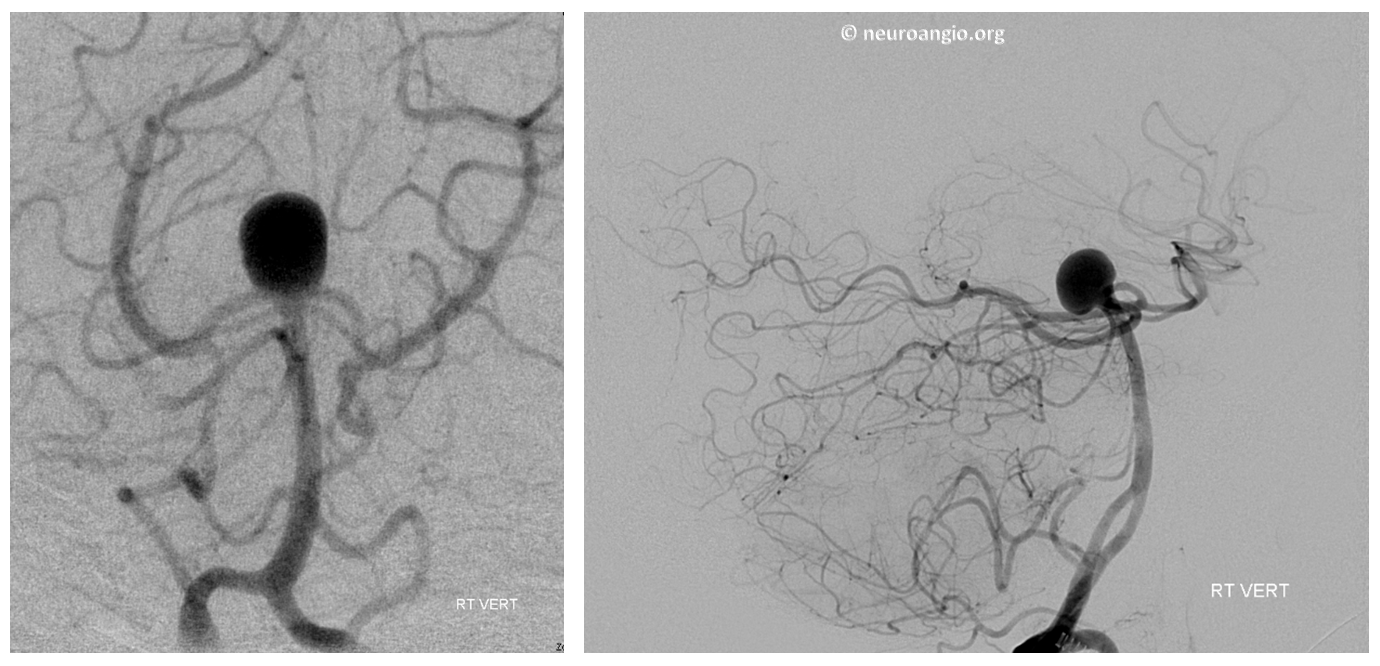
Bilateral posterior communicating arteries are seen above. A paraophthalmic aneurysm is present on the right and a good PCOM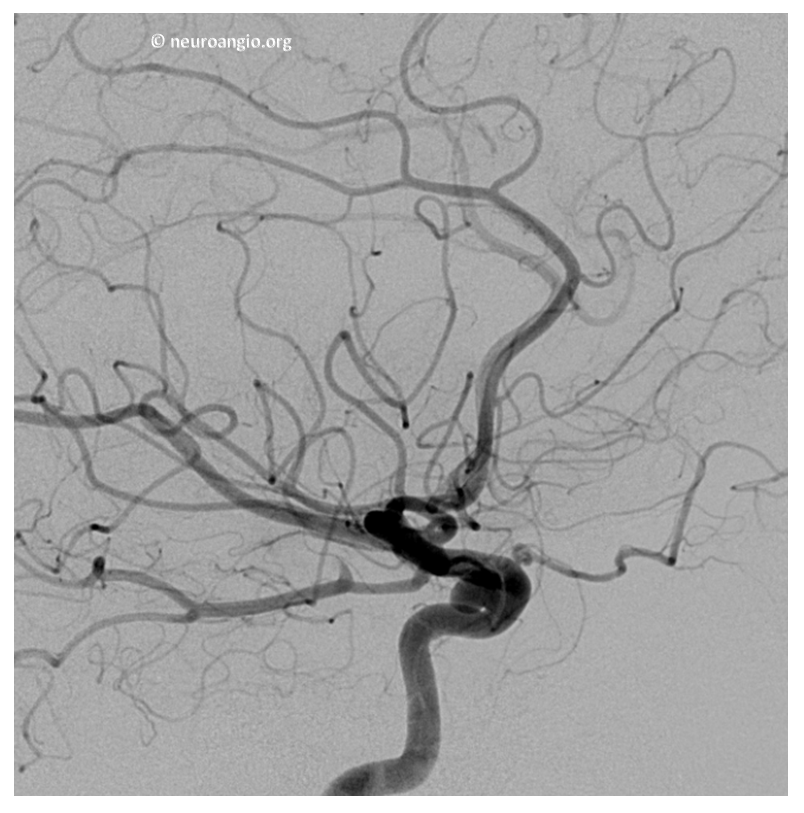
The clip is applied below the superior cerebellar arteries, with PCOMs supporting perfusion of everything cranial to he clip. This is really flow diversion. Notice intra-aneurysmal stasis
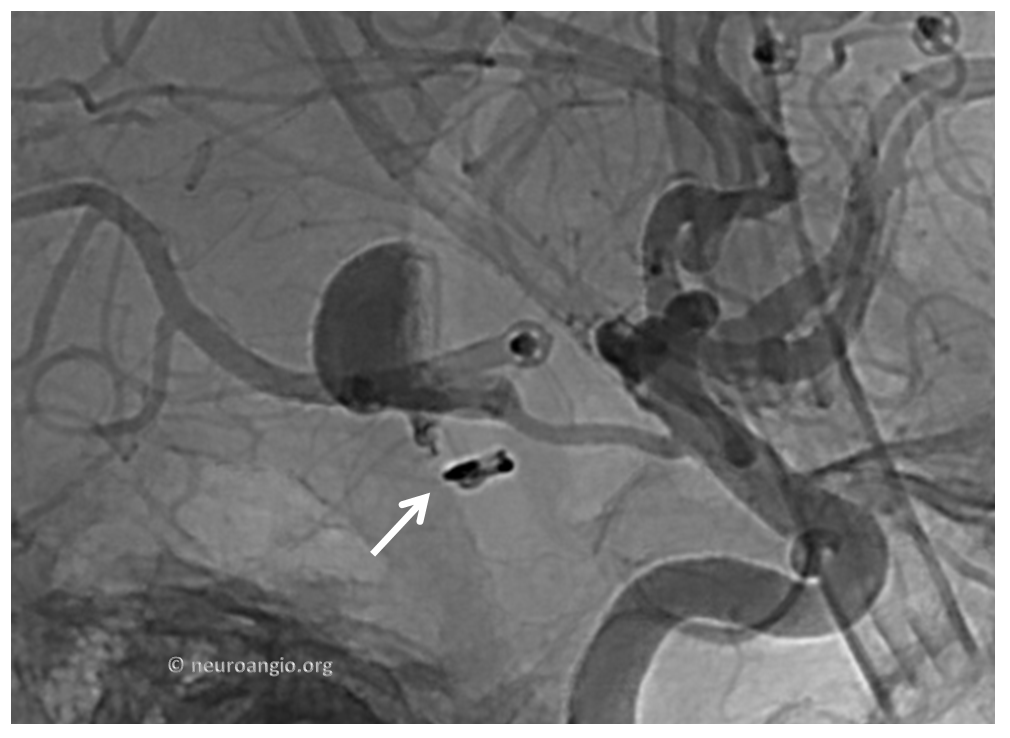
Again, marked stasis in venous phase
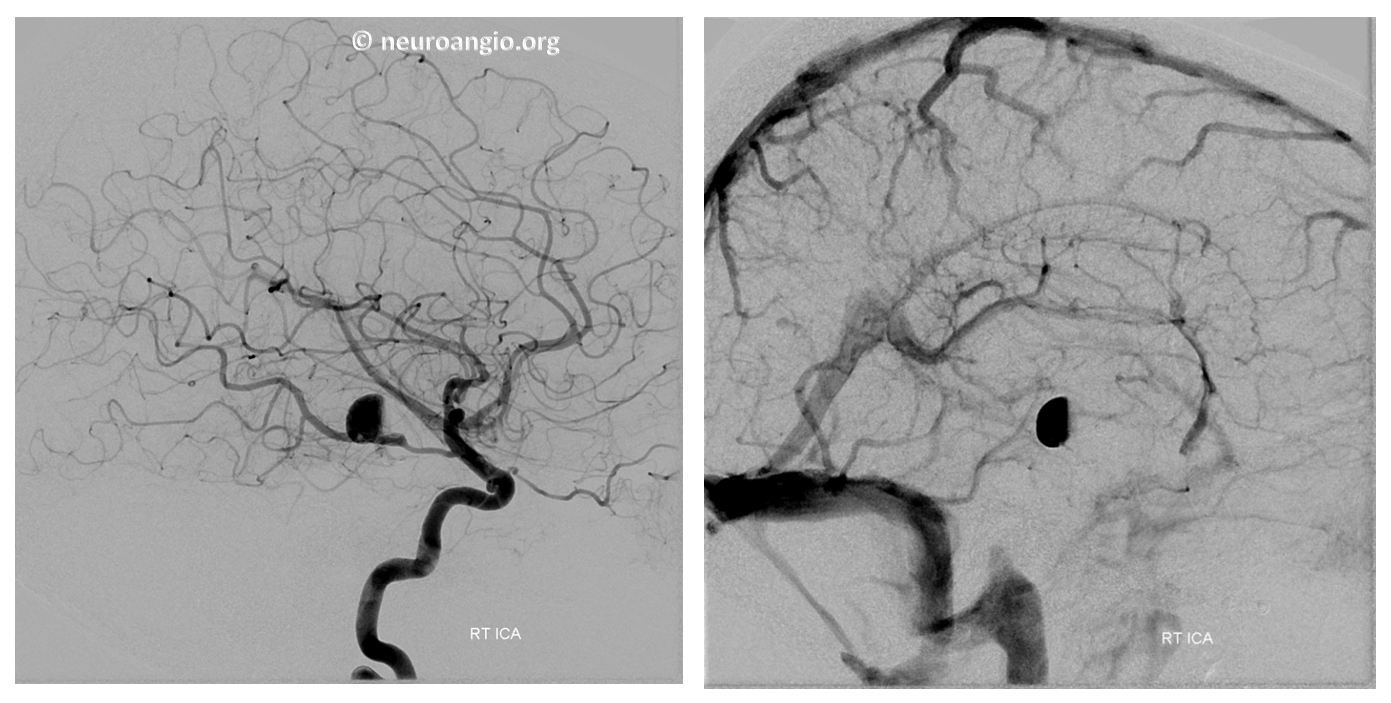
The basilar artery ends with runoff into upper pons perforators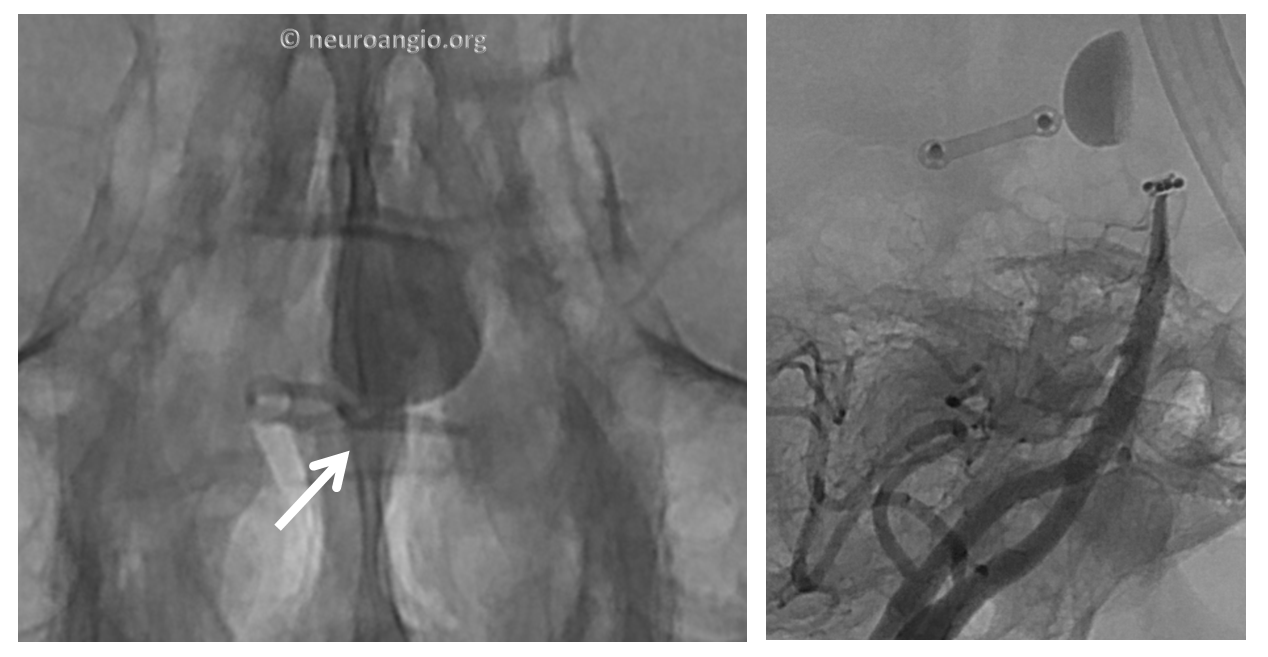
Same in DSA
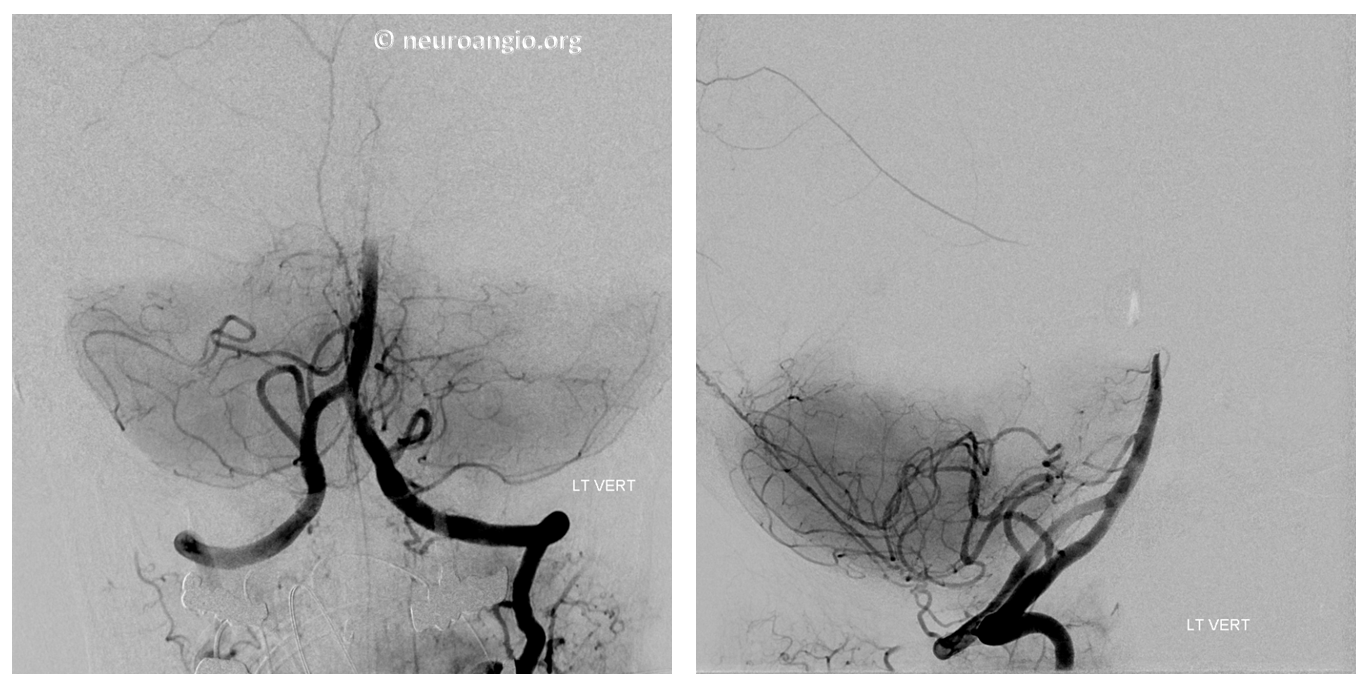
One year later…
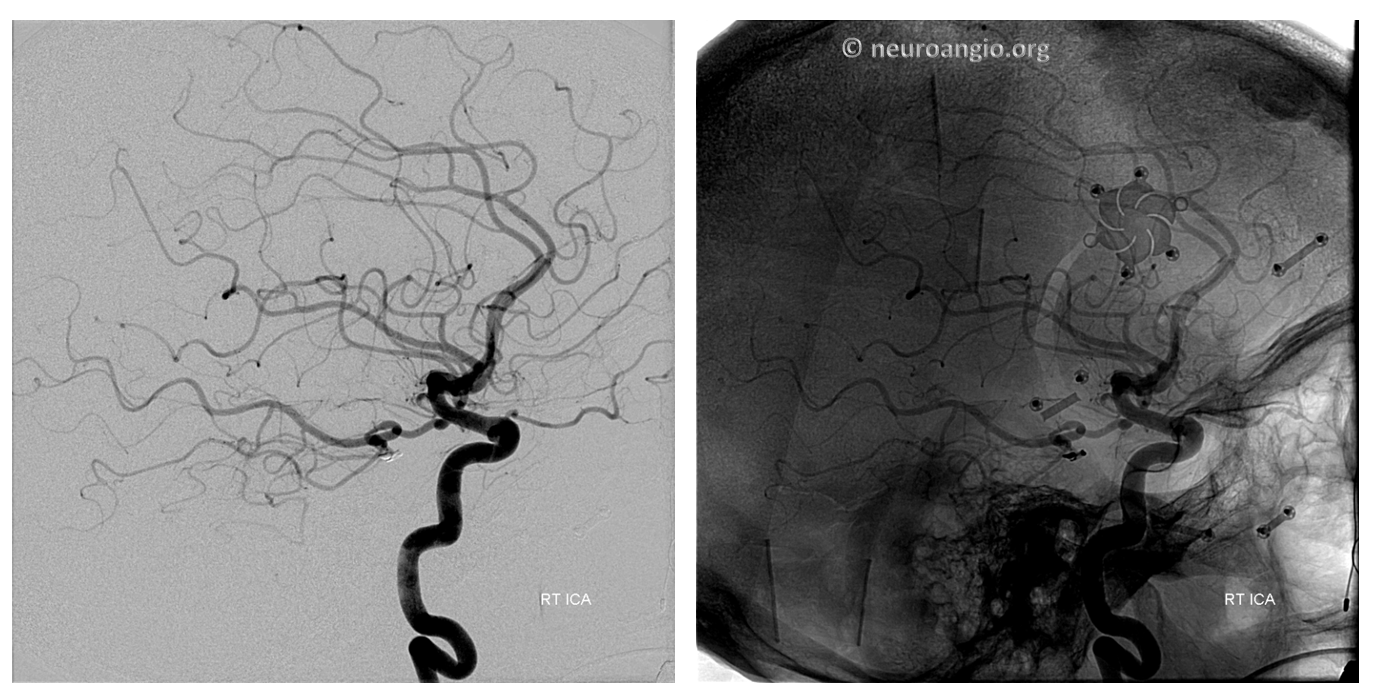
MRA confirms that the aneurysm has completely involuted and shows the price temporal lobe has paid for this treatment. Now that’s pure flow diversion!
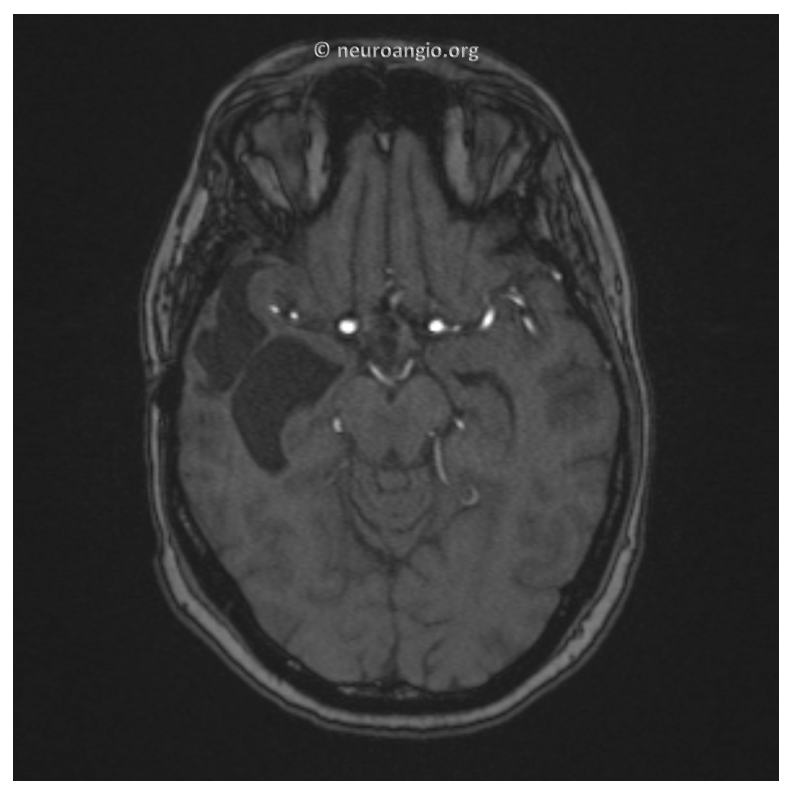
This is a very old case. The ophthalmic aneurysm was coiled.
